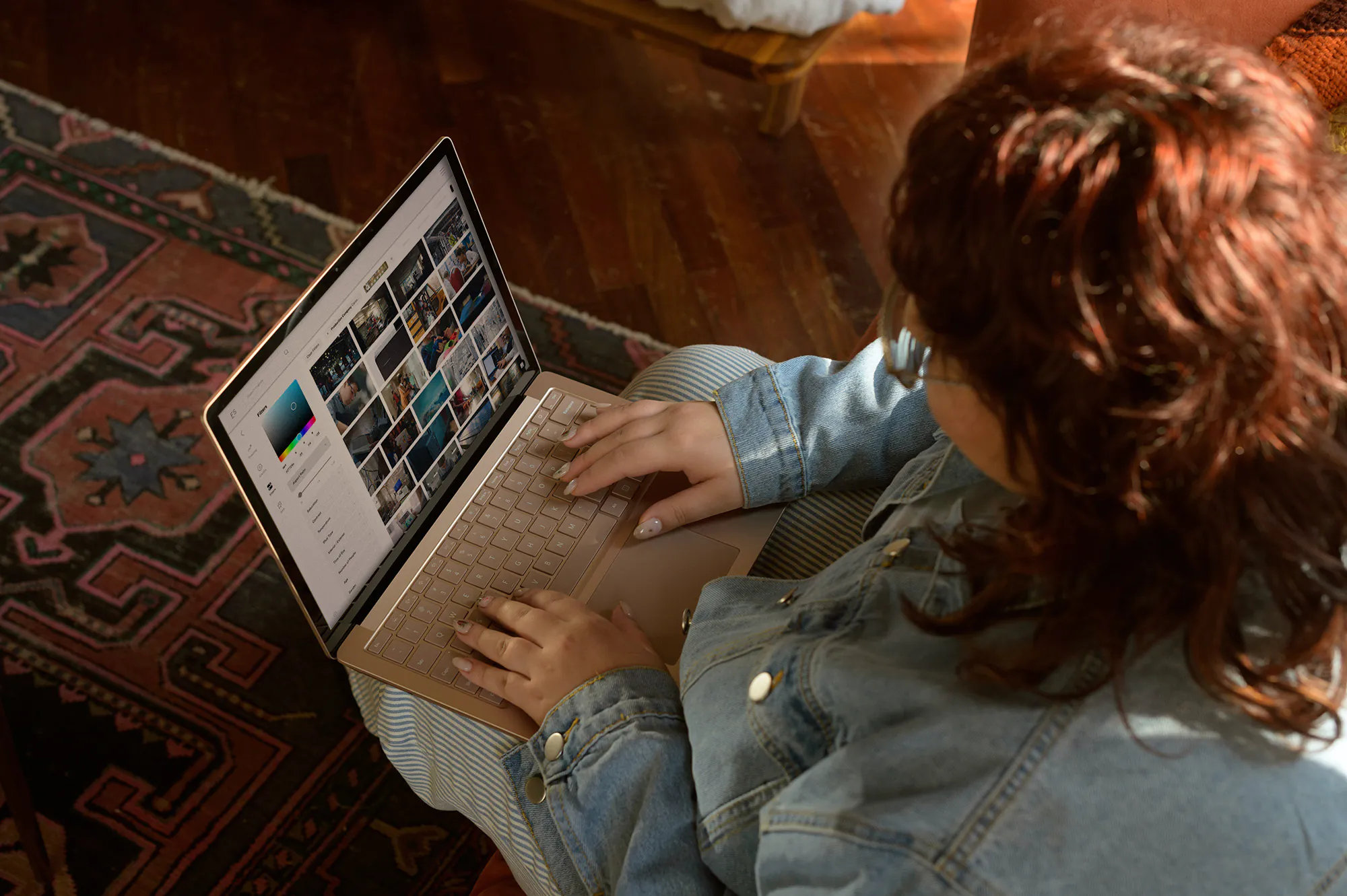Mastering the Art of the Wide Shot: Its Impact on Commercial Cinematography

Introduction to Commercial Cinematography
In cinematography, the wide shot is a powerful tool that establishes context, conveys scale, and sets the mood, significantly impacting the storytelling process. For commercials, a well-executed wide shot can effectively highlight the product within its environment, create memorable visuals and ultimately influence viewer engagement and perception of the brand.
By understanding its technical aspects, creative uses, and significant impact on narrative storytelling, we aim to offer a comprehensive educational guide for filmmakers seeking to improve their commercial video production skills.
What is a Wide Shot?
A wide shot in cinematography, sometimes referred to as a long shot or full shot, is a framing technique where the camera captures the subject from a distance, often displaying them in full within their surrounding environment. This shot provides a comprehensive view of the scene, establishing location, setting, and scale. It's frequently used to set the stage at the beginning of a scene, to show action sequences, or to emphasize the isolation or vulnerability of a character within their environment.
Types of Wide Shots
Let's delve into the diverse array of wide shots used in cinematography, each variant uniquely contributing to visual storytelling by balancing focus between characters and their environment
Extreme Wide Shot (EWS)
This shot is taken from a significant distance and is typically used to establish the location or setting, emphasizing the surroundings more than the character.

Wide Shot (WS)
In this shot, the subject takes up the full frame, allowing the audience to still take in some of the surroundings while focusing more on the individual or object.

Medium Wide Shot (MWS)
This shot often cuts the subject off around the knees, offering a closer view while still maintaining some sense of location. It's often used for dialogue scenes or to show body language.

Techniques and Creative Uses of the Wide Shot
Understanding the wide shot is key to mastering the art of visual storytelling. It's a technique that requires a delicate balance between showcasing the subject and their surroundings, often used to establish context or convey scale.
Wide shots can be used in various creative ways. They can set the scene at the beginning of a sequence, display action from a distance, or emphasize the isolation or vulnerability of a character within a larger setting. Filmmakers also use wide shots to allow the audience to absorb more details about the setting, contributing to world-building, especially in science fiction or fantasy genres. Let’s dive into the most functional uses of the wide shot.
- Setting the Scene: Wide shots are often used at the beginning of commercials to establish the location and context, giving viewers a clear understanding of where the action is taking place.
- Showing Scale: Wide shots can convey the size and scale of a scene or object, which can be particularly useful in commercials for products like cars, real estate, or travel destinations.
- Depicting Action: If there's a lot of action happening at once, a wide shot can capture it all simultaneously, making sure viewers don't miss any important details.
- Creating Emotional Impact: By showing characters in the context of their surroundings, wide shots can evoke feelings of loneliness, grandeur, excitement, or whatever emotion fits the narrative of the commercial.
- Demonstrating Product Use: In some cases, wide shots can be used to show how a product is used in real-life situations, providing a practical demonstration for viewers.
- Highlighting Transformation: If a scene or setting undergoes a significant change during the commercial, a wide shot can effectively showcase this transformation.
- Enhancing Visual Appeal: Wide shots often make commercials more visually interesting and cinematic, capturing beautiful landscapes or intricate set designs that can draw in viewers.
Famous Examples from Commercials
There are countless commercials that have effectively used the wide shot. One notable example is Old Spice's "The Man Your Man Could Smell Like" (2010). This commercial cleverly uses wide shots to display the transformation of the environment around the actor, emphasizing the product's ability to bring about dramatic change.
Another example is Spike Jonze's Apple commercial, titled "Welcome Home.” This is a masterclass in the use of the wide shot. The commercial, which promotes the Apple HomePod, begins with an extreme wide shot of the protagonist entering her expansive, empty apartment. This shot not only establishes the setting but also emphasizes her loneliness and the emptiness around her.
As she starts interacting with the HomePod, her apartment begins to stretch and transform. The use of wide shots here is crucial as it captures the full extent of this transformation, visually representing the expansive sound and capabilities of the HomePod. The viewer can see the walls moving apart, the furniture shifting, and the space morphing in response to the music, all within the context of the wide shot.
In the climax of the commercial, the protagonist dances in a room that is now much larger than before. Here, Jonze uses a wide shot again to show the entirety of the transformed space, emphasizing the immersive experience provided by the HomePod.
Jonze uses wide shots in this commercial not just to establish setting, but also to convey mood, depict transformation, and demonstrate the product's capabilities.
In conclusion
The wide shot is a powerful tool in the arsenal of filmmakers and advertisers alike. Its ability to establish context, depict scale, capture action, and evoke emotion makes it indispensable in the realm of visual storytelling. Whether it's setting the scene for a narrative, showcasing the grandeur of a product, or emphasizing a dramatic transformation, the wide shot plays a crucial role in engaging viewers and conveying key messages.
In mastering the art of the wide shot, you'll find yourself not just telling stories, but immersing your audience in a visual world, leaving an impact and setting the stage for a captivating commercial.
Find frames for your treatment today




